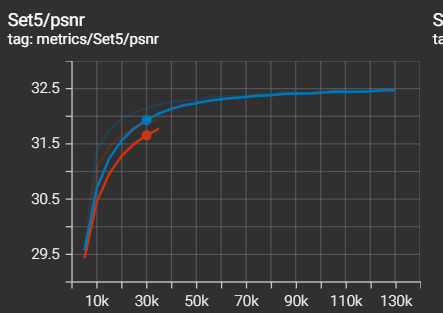Email / Homepage / Google Scholar / Github
I am currently a PhD Student at Computer Vision Lab, ETH Zürich, Switzerland. I am co-supervised by Prof. Luc Van Gool and Prof. Radu Timofte. I also work closely with Dr. Kai Zhang. I mainly focus on low-level vision research, especially on image and video restoration, such as
- image/video super-resolution (SR)
- image/video deblurring
- image/video denoising
- ...
🚀 News
- 2022-10-04: Our new paper RVRT, NeurlPS2022 achieves SOTA video restoration results with balanced size, memory and runtime.
- 2022-08-30: See our papers on real-world image denoising (SCUNet) and video denoising (ReViD).
- 2022-07-30: Three papers, including EFNet (event-based image deblurring, oral), DATSR (reference image SR) and DAVSR (video SR), accepted by ECCV2022.
- 2022-01-28: Our new paper VRT outperforms previous Video SR/ deblurring/ denoising/ frame interpolation/ space-time video SR methods by up to 😍 2.16dB. 😍
- 2021-10-20: SwinIR is awarded the best paper prize in ICCV-AIM2021.
- 2021-08-01: Three papers (HCFlow, MANet and BSRGAN) accepted by ICCV2021.
- 2021-03-29: One paper (FKP) accepted by CVPR2021.
🌱 Repositories































